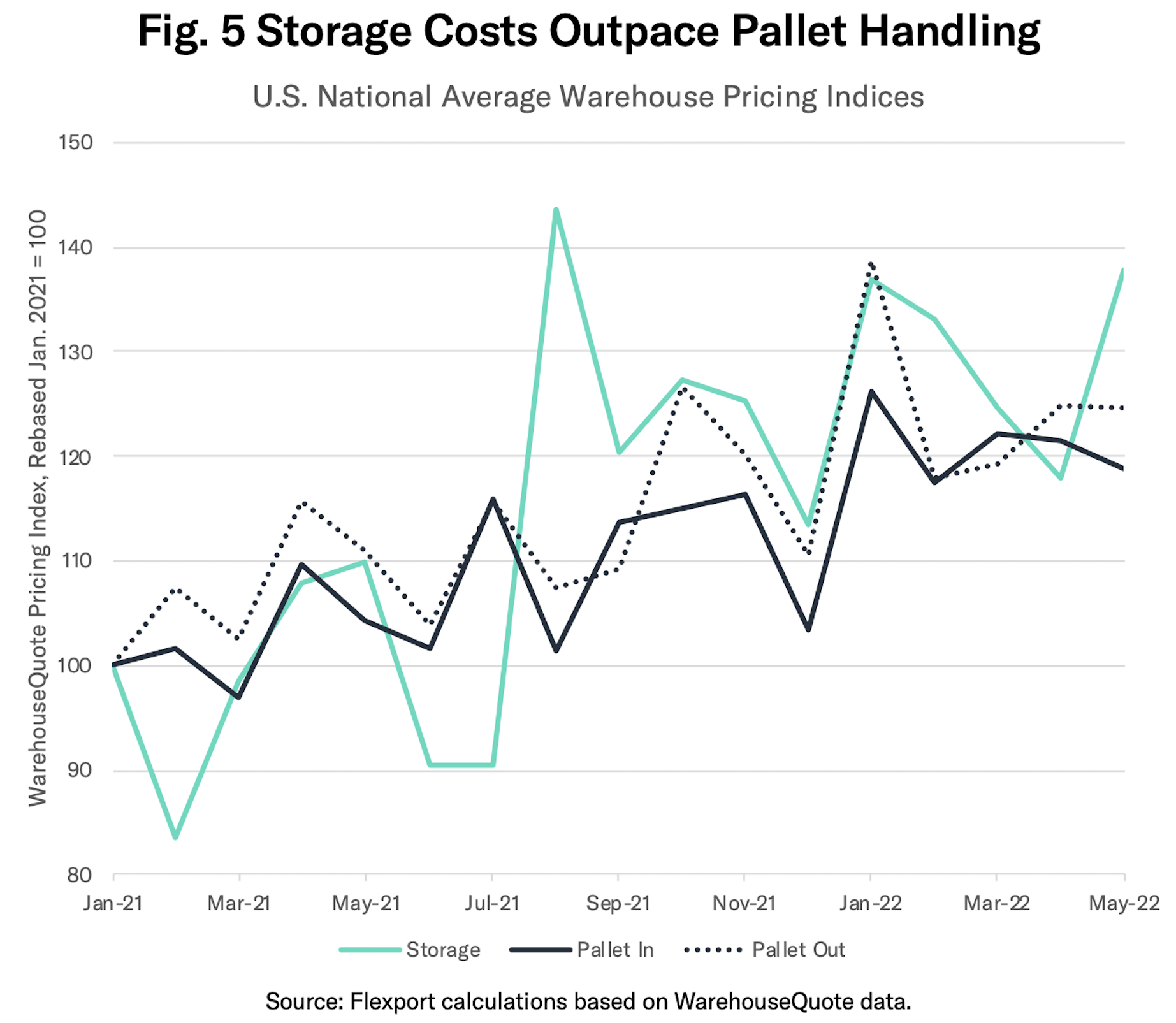
Transform Your Supply Chain Planning and Marketing Strategies with Google Cloud and SAP Integration

Transform Your Supply Chain Planning and Marketing Strategies with Google Cloud and SAP Integration
September 13, 2023 | Premangsu Bhattacharya
Blog / How Generative AI is Tackling A $740 Billion Inventory Problem, One Use Case At a Time
“We didn’t react well to consumer demand shifts; we’re stuck with excess inventory. Warehouse space is constrained, and inventory carrying costs are increasing.”
This sentiment, expressed by retail and manufacturing leaders, encapsulates a dire problem that permeates across various industries, from beauty to pharmaceuticals to food and beverages. The U.S. retailers alone are sitting on a staggering $740 billion in unsold goods. The issue at hand? Inventory mismanagement.

The issue of inventory isn’t merely a matter of unsold goods gathering dust in warehouses. It’s a complex, financially draining problem that businesses grapple with on various fronts. Here’s a more detailed look at the troubling statistics that underline the severity of improper inventory management:

The escalating cost of warehousing space in the U.S. has pushed companies towards makeshift remedies that have lasting implications:
These short-term fixes, although appealing in an immediate crisis, fail to address the core of the inventory problem. They are reactive rather than proactive strategies, treating symptoms rather than the disease. Without examining and correcting fundamental supply chain inefficiencies, production imbalances, and misalignment with consumer demands, these strategies will continue to prove ineffective in the long run.
They might alleviate pressure momentarily, but the persistent underlying issues will eventually manifest in even more complex and costly ways. The urgent need for comprehensive transformation, guided by accurate data and driven by intelligent insights, has never been more apparent.
The ever-changing landscape of consumer demands and preferences has rendered conventional inventory management techniques obsolete, precipitating a cascade of overproduction, stock spoilage, and colossal financial repercussions. A complete overhaul isn’t just urgent—it’s an existential necessity. Here’s an in-depth examination of what this transformation encompasses:
The first step in the transformation is laying down a solid data foundation. This involves bringing together disparate data sets from Salesforce, ERP, Marketing, and external demand signals. Integrating these sources provides a unified view of inventory, consumer behavior, and market trends.

Example Scenario: A pharmaceutical company struggles with inconsistent data, leading to unexpected carrying costs and overstocking of specific drugs.
Solution: By consolidating data from disparate sources, they achieve real-time inventory visibility.
Questions Addressed:
Outcome: A unified data foundation enables precise tracking, leading to a 15% reduction in carrying costs.
Read Case Study: An UAE Conglomerate streamlined data management by building a strong data foundation with Google Cloud Cortex Framework.
Leveraging the low-cost, low-code Google Cloud Cortex Framework allows organizations to apply AI to existing datasets. This leads to real-time inventory visibility, enabling quick adjustments to align with actual demand.

Example Scenario: A global beauty brand faces challenges in matching production to real-time demand, resulting in wasted resources and misaligned inventory.
Solution: By applying AI to existing datasets, they gain insights into current demand.
Questions Addressed:
Outcome: Real-time insights lead to more accurate production alignment, saving up to 20% in overproduction costs.
Read Case Study: Tacori connected their supply chain data with marketing data to get real-time insights into demand and improve its Marketing Analytics.
Generative AI allows for an agile planning strategy that’s continuously refreshed with real-time insights. This dynamic model replaces the static, unresponsive traditional planning, empowering companies to nimbly respond to sudden market shifts. Questions like, “How will a weather event in Region Z affect supply?” can be answered promptly, enabling quick risk mitigation.
Read: Transition from Reactive to Proactive Decision-Making with Decision Intelligence Platforms.

Example Scenario: An grocery chain suffers from over-purchasing seasonal produce, resulting in waste and increased inventory costs.
Solution: Implementing dynamic planning through Generative AI helps in accurately predicting seasonal demand.
Questions Addressed:
Outcome: By dynamically adjusting to market signals, the company reduces waste by 25% and lowers inventory costs by 18%.
Read Case Study: Lixil overcame data silos for real-time demand forecasting and inventory positioning.
The transformation goes beyond merely collecting and analyzing data. AI-powered recommendations offer actionable insights to decision-makers. These insights, gleaned from precise queries, aid in critical decisions ranging from production adjustments to optimizing supply routes. “What’s the most efficient distribution channel for this season?” might be a question leading to cost-saving adjustments.

Example Scenario: A manufacturing company is faced with the challenge of delayed shipments, leading to compromised shelf life and increasing carrying costs.
Solution: With Generative AI-driven insights, the company can optimize distribution channels and production schedules.
Questions Addressed:
Outcome: By making data-driven decisions, the company reduces carrying costs by 22% and enhances efficiency.
Read Case Study: California Design Den reduced inventory carryover cost by 50%
By integrating external demand signals like Google Trends and Adtech, organizations can gauge market preferences. This enables them to align their inventory with what consumers are actively seeking, minimizing overproduction and waste.

Example Scenario: A food & beverages company struggles with aligning inventory with fast-changing consumer preferences, leading to surplus stock and wasted produce.
Solution: Integrating external demand signals like Google Trends enables alignment with market preferences.
Questions Addressed:
Outcome: Understanding evolving consumer sentiment and preferences reduces overproduction by 30% and saves costs associated with surplus stock.
Read Case Study: An American Retail Chain achieved forecast accuracy of more than 85% with Pluto7
Delving into consumer preferences is no longer a guessing game. AI analytics offers precise insights into what consumers want, allowing businesses to align their demand plans accordingly.

Example Scenario: A beauty brand is stuck with an excess of products that are no longer in trend, resulting in markdowns and high carrying costs.
Solution: AI analytics offer precise insights into consumer wants, allowing the alignment of demand plans.
Questions Addressed:
Outcome: By accurately aligning production with demand, the company reduces markdowns by 20% and lowers carrying costs by 15%.
Read Case Study: A Global Beauty Brand streamlined inventory management for peak efficiency
Creating a digital twin of the manufacturing process provides a virtual replica of the physical operations. This facilitates better understanding, monitoring, and optimization of manufacturing, reducing inefficiencies and aligning production with actual demand.

Example Scenario: A large company experiences inefficiencies in its manufacturing process, leading to delays and increased costs.
Solution Using Digital Twin: Creating a digital replica of physical operations facilitates a better understanding, monitoring, and optimization of manufacturing.
Questions Addressed:
Outcome: Enhanced process understanding leads to a 25% reduction in manufacturing inefficiencies and an 18% decrease in associated costs.
Read Case Study: A Manufacturing giant revolutionized their production planning and scheduling improving operational efficiency and reducing waste.
Navigating the complexities of inventory management requires more than a one-size-fits-all approach. Pluto7’s Planning in a Box transcends conventional strategies, harnessing the Google Cloud Cortex Framework to deliver Generative AI-powered insights that align with your unique business goals.
Inventory challenges are causing serious issues on company balance sheets, and turning a blind eye is no longer an option. Long-term tech projects call for detailed planning, change management, and internal alignment. Tools like Planning in a Box offer an innovative solution that helps businesses navigate the complexities of the current market. The time to take control and lead the way is now.
Curious to know more? Join us at our interactive workshop, where we will explore how Planning in a Box can revolutionize your inventory management. Learn, ask, engage, and be a part of the evolution.
ABOUT THE AUTHOR